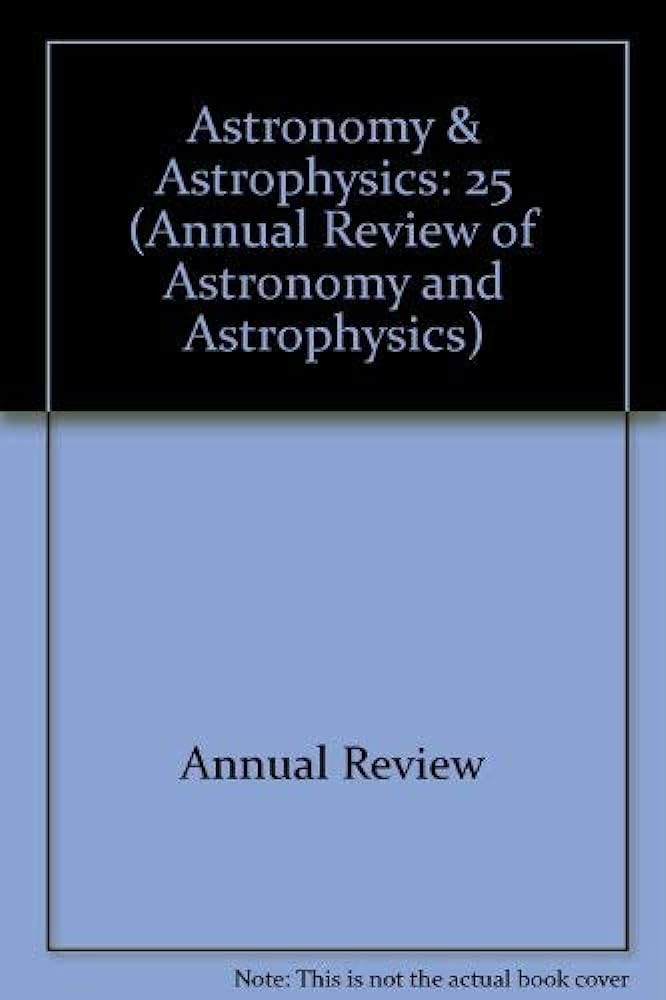High-Contrast Coronagraphy
IF 32.5
1区 物理与天体物理
Q1 ASTRONOMY & ASTROPHYSICS
Annual Review of Astronomy and Astrophysics
Pub Date : 2025-05-19
DOI:10.1146/annurev-astro-021225-022840
引用次数: 0
Abstract
Imaging terrestrial exoplanets around nearby stars is a formidable technical challenge, requiring the development of coronagraphs to suppress the stellar halo of diffracted light at the location of the planet. In this review, we discuss the science requirements for high-contrast imaging, present an overview of diffraction theory and the Lyot coronagraph, and define the parameters used in our optimization. We discuss the working principles of coronagraphs both in the laboratory and on-sky with current high-contrast instruments, and we describe the required algorithms and processes necessary for terrestrial planet imaging with extremely large telescopes and proposed space telescope missions:高对比度Coronagraphy
为附近恒星周围的类地系外行星成像是一项艰巨的技术挑战,需要开发日冕仪来抑制行星所在位置的衍射光晕。在这篇综述中,我们讨论了高对比度成像的科学要求,介绍了衍射理论和Lyot日冕仪的概述,并定义了我们优化中使用的参数。我们讨论了日冕仪在实验室和天空中使用当前高对比度仪器的工作原理,并描述了使用超大望远镜和拟议的太空望远镜任务进行类地行星成像所需的算法和过程:▪日冕仪和利用波前传感器反馈的有源波前控制相结合,可以对附近恒星周围的类地行星进行成像。▪地面8-40米级望远镜可以瞄准附近m矮星周围的可居住区域,对比度为10 - 7,太空望远镜可以搜索太阳型恒星周围的对比度为10 - 10。▪焦平面波前传感,混合日冕仪设计,以及提供主动校正的多个闭环需要达到最高的灵敏度。▪极化效应需要减轻,以达到10−10的对比,同时保持系外行星的产量尽可能高。▪最近的技术发展,包括光子学和微波动力学电感探测器,将被折叠成高对比度仪器。
本文章由计算机程序翻译,如有差异,请以英文原文为准。
求助全文
约1分钟内获得全文
求助全文
来源期刊

Annual Review of Astronomy and Astrophysics
地学天文-天文与天体物理
CiteScore
54.80
自引率
0.60%
发文量
14
期刊介绍:
The Annual Review of Astronomy and Astrophysics is covers significant developments in the field of astronomy and astrophysics including:The Sun,Solar system and extrasolar planets,Stars,Interstellar medium,Galaxy and galaxies,Active galactic nuclei,Cosmology,Instrumentation and techniques,
History of the development of new areas of research.
 求助内容:
求助内容: 应助结果提醒方式:
应助结果提醒方式:


